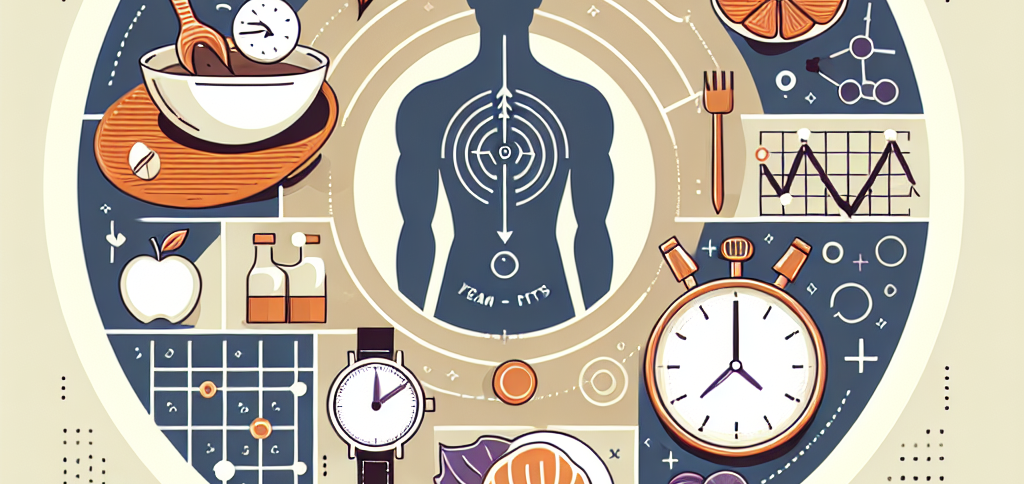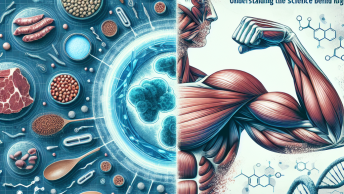Title: Unlocking Fat Loss: 10 Essential Insights into Intermittent Fasting
Intermittent fasting has rapidly gained popularity as an effective strategy for fat loss, improved metabolism, and enhanced health. If you’re curious about how to leverage fasting for your fitness goals, this comprehensive guide unveils the top ten insights that will help you kickstart your journey.
1. Understanding Intermittent Fasting
Intermittent fasting (IF) is not a diet, but rather a pattern of eating that cycles between periods of fasting and eating. Unlike traditional diets that dictate what to eat, IF focuses on when you eat. This approach can be tailored to fit your lifestyle, making it a versatile option for many. Common methods include the 16/8 method, where you fast for 16 hours and eat during an 8-hour window, and the 5:2 method, which involves eating normally for five days and limiting calories on two days.
2. The Science Behind Fat Loss
The primary reason people turn to intermittent fasting for fat loss is its ability to influence metabolic processes. When you fast, insulin levels drop, facilitating fat breakdown and promoting the use of fat as energy. Moreover, fasting can increase your metabolic rate by up to 14%, enhancing calorie burning. Over time, these processes can lead to a significant reduction in body fat.
3. Benefits Beyond Fat Loss
Aside from shedding extra pounds, intermittent fasting offers numerous health benefits, including improved brain function, reduced inflammation, and reduced risk of type 2 diabetes. Studies have also suggested that fasting can boost longevity by promoting cellular repair and reducing oxidative stress.
4. Debunking Myths: Is IF Safe?
One common misconception about intermittent fasting is that it leads to muscle loss. In reality, IF can preserve muscle mass while aiding fat loss, especially when combined with strength training. Furthermore, it’s generally safe for most individuals, although those with medical conditions or those who are pregnant should consult a healthcare professional before beginning.
5. Intermittent Fasting and Exercise
Pairing intermittent fasting with exercise can supercharge your results. Exercising during a fasted state can enhance fat burning and improve your body’s insulin sensitivity. However, it’s vital to listen to your body and start with light to moderate workouts, gradually increasing intensity as you adapt.
6. The Importance of Meal Quality
What you eat during your eating window plays a crucial role in the success of intermittent fasting. Emphasizing nutrient-dense, wholesome foods, such as lean proteins, healthy fats, and vegetables, can optimize your results. Avoiding processed foods and sugars can further amplify fat loss and health benefits.
7. Hydration and Fasting
Staying hydrated is essential, especially during fasting periods. Water, herbal teas, and black coffee can keep you hydrated, aid in detoxification, and help manage hunger. Adequate hydration can also prevent fatigue and improve concentration during fasted states.
8. Dealing with Hunger and Cravings
One of the biggest challenges of intermittent fasting is coping with hunger and cravings. Strategies to overcome this include staying busy, drinking water, and gradually increasing fasting periods. With time, your body will adapt, and these sensations will diminish.
9. Avoiding Common Pitfalls
To ensure success, it’s crucial to avoid pitfalls such as overeating during eating windows or neglecting nutrient intake. It’s also important to be patient, as sustainable fat loss takes time. Setting realistic goals and tracking progress can help maintain motivation.
10. Joining the Intermittent Fasting Community
Embarking on a fasting journey can be more effective with community support. Consider joining forums, social media groups, or partnering with a fasting buddy to share experiences and tips. Additionally, numerous resources can guide you; if you’re eager to explore further, Click Here to learn more.
Intermittent fasting is a powerful tool for fat loss and overall health improvement. By understanding its principles, addressing potential challenges, and following these insights, you can effectively incorporate intermittent fasting into your lifestyle. Remember, each journey is unique, and what works for one person may require tweaks for another. Stay informed, be patient, and enjoy the transformative process of becoming a healthier you.






